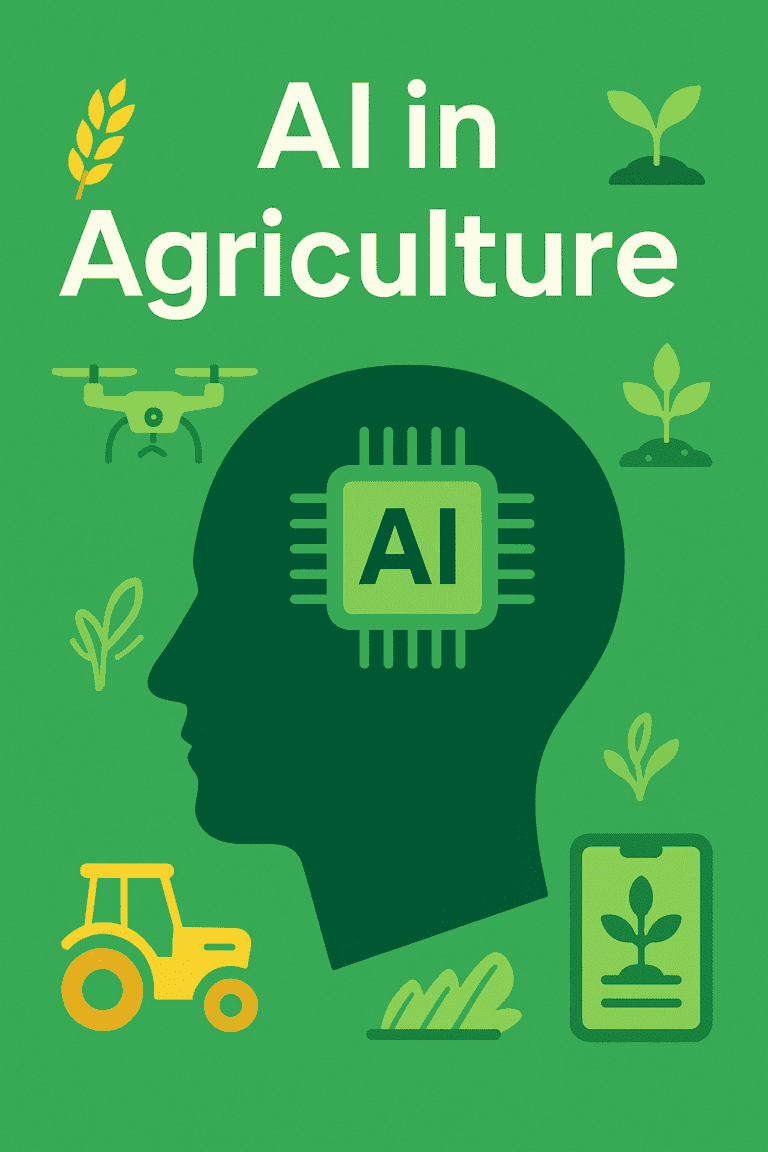
AI in Agriculture: Revolutionizing Farming with Artificial Intelligence
Artificial Intelligence (AI) in agriculture is transforming traditional farming practices, enabling farmers to increase productivity, reduce costs, and promote sustainable agriculture. By integrating AI technologies such as machine learning, computer vision, and data analytics, modern agriculture is becoming smarter, more efficient, and environmentally friendly.
What is AI in Agriculture?
AI in agriculture refers to the application of intelligent algorithms and automated systems to solve challenges faced by farmers and the agricultural industry. This includes optimizing crop yields, detecting diseases, managing resources, and automating labor-intensive tasks. With AI-powered tools, farmers can make data-driven decisions to improve the quality and quantity of their produce while minimizing environmental impact.
Key Benefits of AI in Agriculture
Increased Crop Yields: AI helps optimize planting, watering, and fertilization schedules based on real-time data, boosting productivity.
Early Disease Detection: Computer vision systems analyze plant images to detect diseases and pests early, enabling timely interventions.
Precision Farming: AI-driven equipment applies inputs like water, fertilizers, and pesticides only where needed, reducing waste.
Resource Management: AI models predict weather, soil moisture, and nutrient levels to guide efficient resource allocation.
Labor Automation: Robotics and drones powered by AI automate repetitive tasks such as planting, harvesting, and monitoring crops.
Sustainability: By minimizing resource use and optimizing practices, AI supports environmentally sustainable farming.
Applications of AI in Agriculture
1. Crop Monitoring and Disease Detection
Using drones equipped with AI-enabled cameras, farmers can capture detailed images of their fields. AI algorithms analyze these images to identify signs of disease, pest infestation, or nutrient deficiencies, often before visible symptoms appear to the human eye.
2. Precision Irrigation Systems
AI-powered irrigation systems use sensor data and weather forecasts to deliver precise water amounts tailored to crop needs. This conserves water and prevents over-irrigation, which can harm crops and soil health.
3. Predictive Analytics for Yield Forecasting
Machine learning models analyze historical data and current conditions to predict crop yields. This helps farmers and agribusinesses plan harvests, manage supply chains, and optimize marketing strategies.
4. Automated Machinery and Robotics
Robots guided by AI perform tasks like seed planting, weeding, and harvesting. These machines reduce dependency on manual labor and improve efficiency, especially in large-scale farming operations.
5. Soil and Crop Health Analysis
AI systems analyze soil samples and environmental data to recommend the best fertilizers and crop rotation strategies, improving soil fertility and reducing chemical overuse.
How AI is Driving the Future of Smart Farming
The integration of AI in agriculture is a cornerstone of “smart farming” or “digital agriculture.” By combining AI with Internet of Things (IoT) devices, satellite imagery, and big data analytics, farmers can achieve unprecedented control and insight into their operations. This technology-driven approach increases resilience against climate variability, enhances profitability, and supports global food security.
Challenges and Considerations in AI Agriculture
While AI offers immense potential, challenges remain:
High Initial Costs: Advanced AI systems and equipment may be expensive, limiting access for small-scale farmers.
Data Quality and Availability: AI models rely on high-quality, localized data, which can be difficult to collect in some regions.
Technical Expertise: Farmers need training to effectively use and maintain AI technologies.
Ethical and Privacy Concerns: Data collected on farms must be handled responsibly to protect privacy and ownership rights.
Integration with Traditional Practices: Balancing AI adoption with local knowledge and practices is essential for cultural acceptance.
Real-World Examples of AI in Agriculture
John Deere’s AI-Enabled Tractors: These machines use AI for precision planting and harvesting, improving efficiency and reducing waste.
IBM Watson Decision Platform for Agriculture: Offers AI-powered insights for crop health monitoring, weather predictions, and risk management.
Blue River Technology’s “See & Spray”: Uses computer vision to identify and spray herbicides only on weeds, reducing chemical use.
How to Get Started with AI in Agriculture
Farmers and agribusinesses interested in AI should:
Start small with pilot projects using AI-enabled sensors or software.
Partner with technology providers offering tailored agricultural AI solutions.
Invest in training to build digital literacy and skills.
Collect and maintain accurate data for better AI performance.
Stay informed on new AI innovations and government incentives supporting agri-tech adoption.
Conclusion
AI in agriculture is revolutionizing how food is grown and managed across the globe. By harnessing the power of Artificial Intelligence, farmers can achieve higher productivity, reduce environmental impact, and secure food supplies for a growing population. As technology advances and becomes more accessible, AI-driven agriculture will continue to evolve, shaping the future of farming for generations to come.
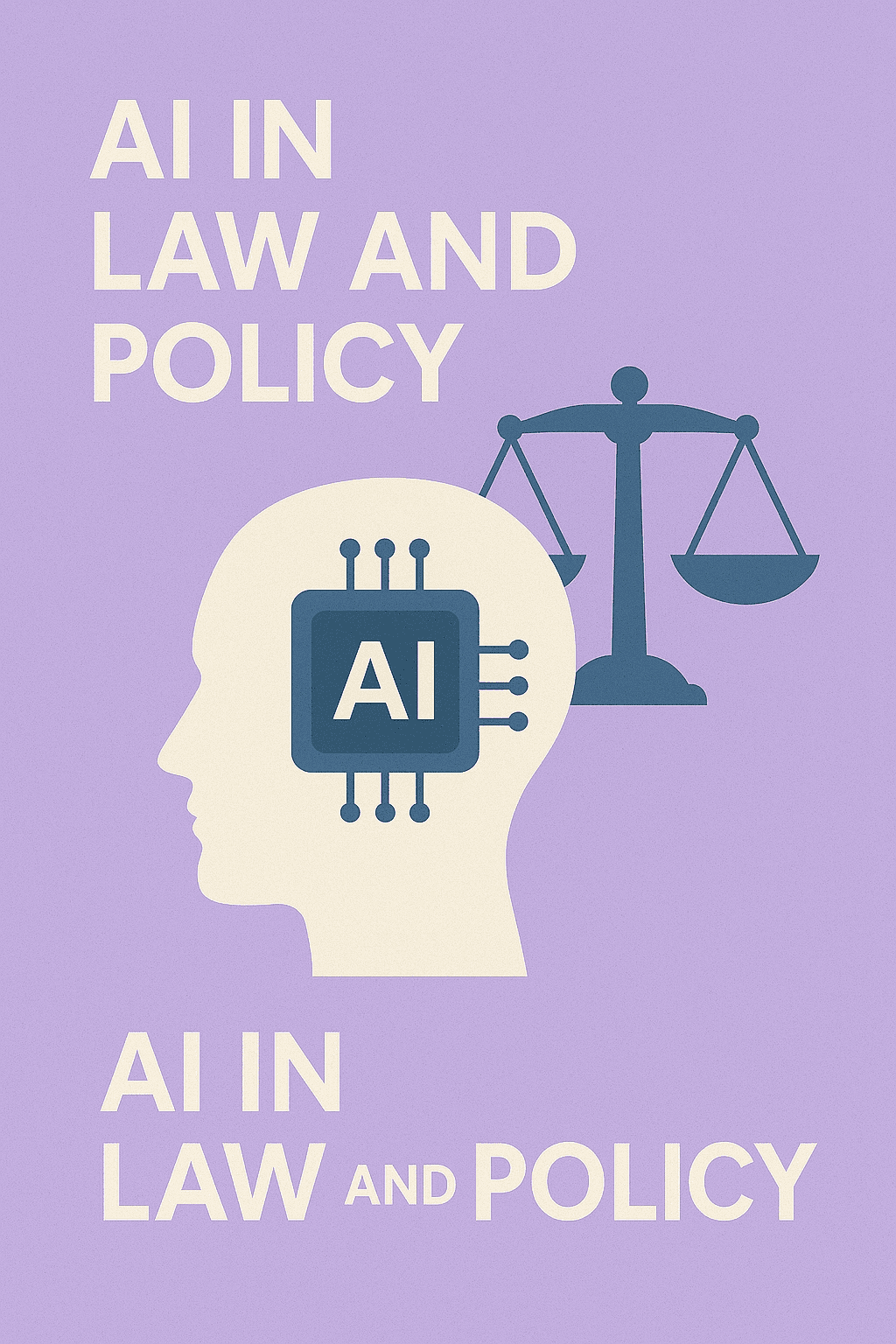
👨⚖️ AI in Law & Policy ⚖️
Focuses on the creation of legal frameworks and governance models for AI deployment. It shapes regulation, accountability, and intellectual property in automated systems.
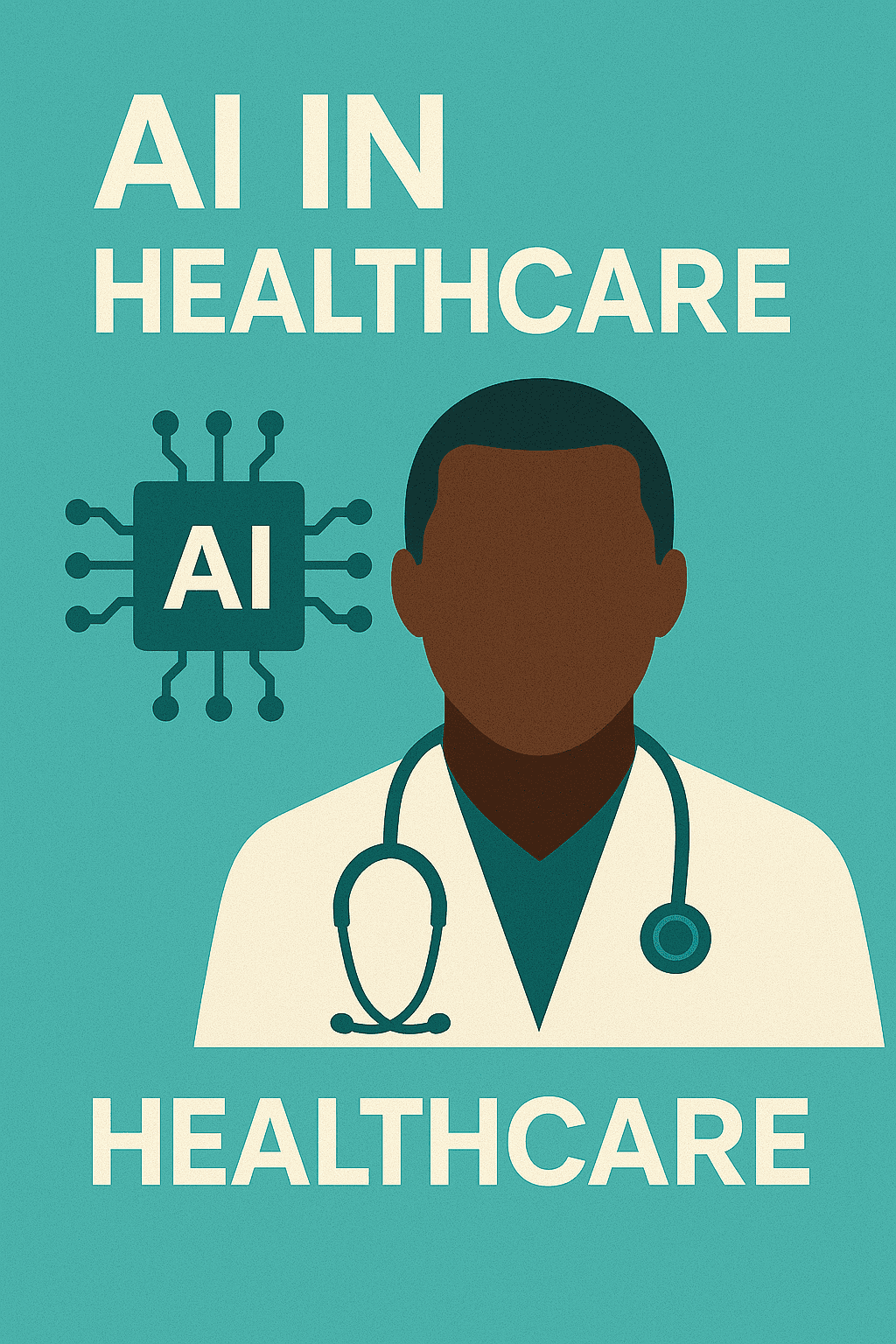
🏥 AI in Healthcare 👨🏿⚕️
Revolutionizes diagnostics, personalized medicine, and treatment planning using intelligent systems. It enables faster decision-making and improved patient outcomes.
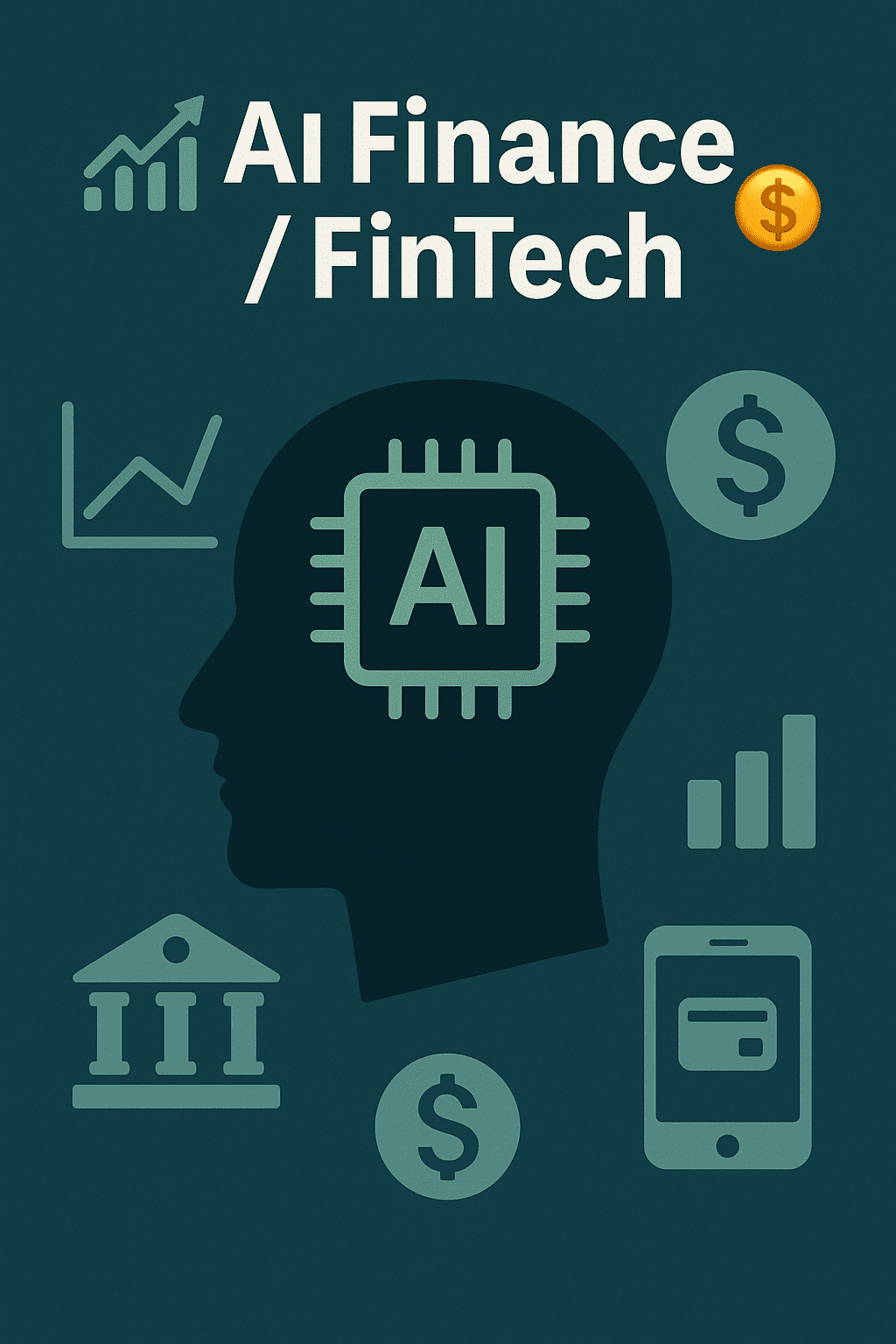
📈💰AI in Finance / FinTech📊
Drives fraud detection, algorithmic trading, credit scoring, and customer service automation. It optimizes decision-making and operational efficiency.
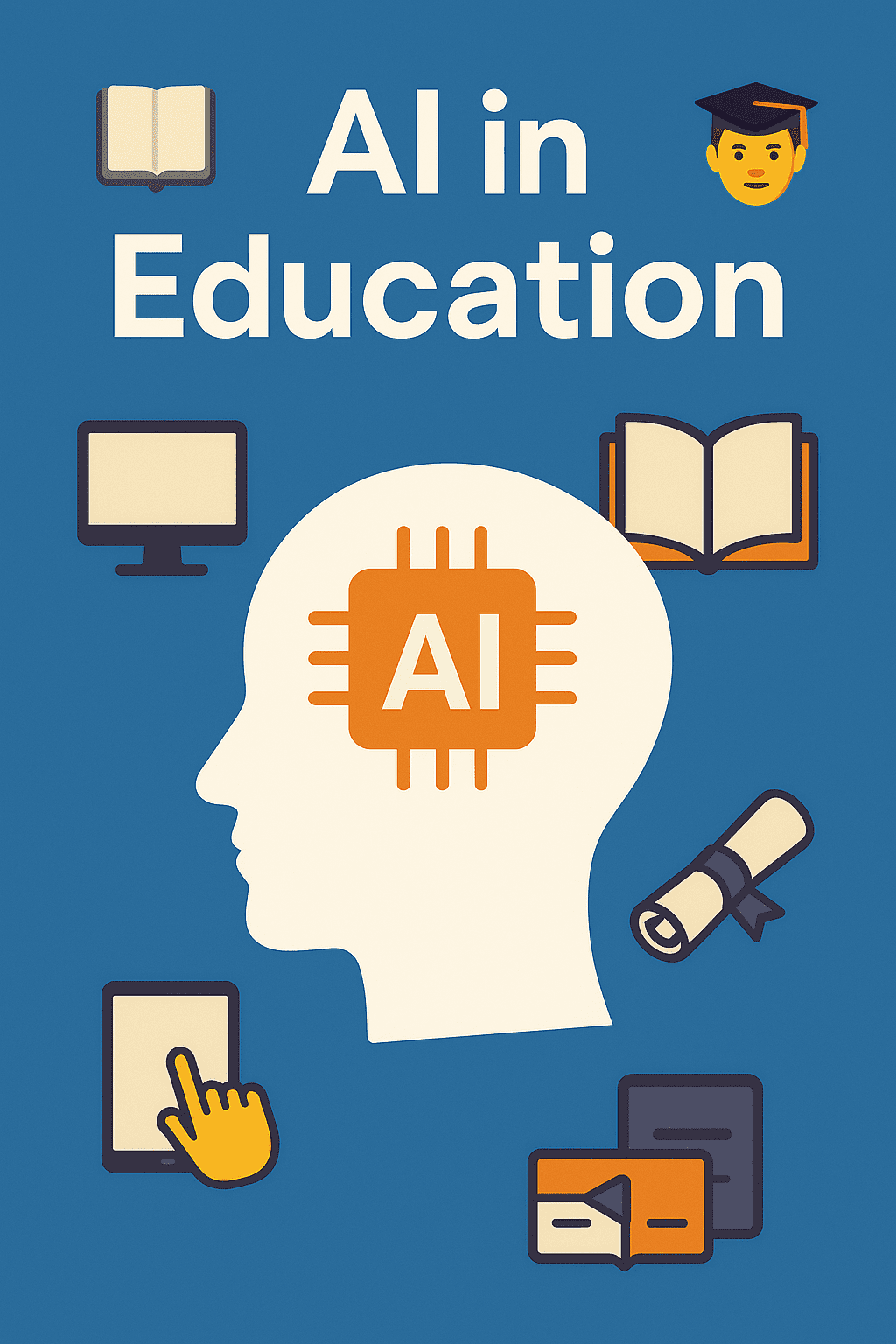
📚 AI in Education (EdTech) 👨🏻🎓
Enhances personalized learning, intelligent tutoring, and performance analytics. AI transforms classrooms into adaptive, inclusive spaces.
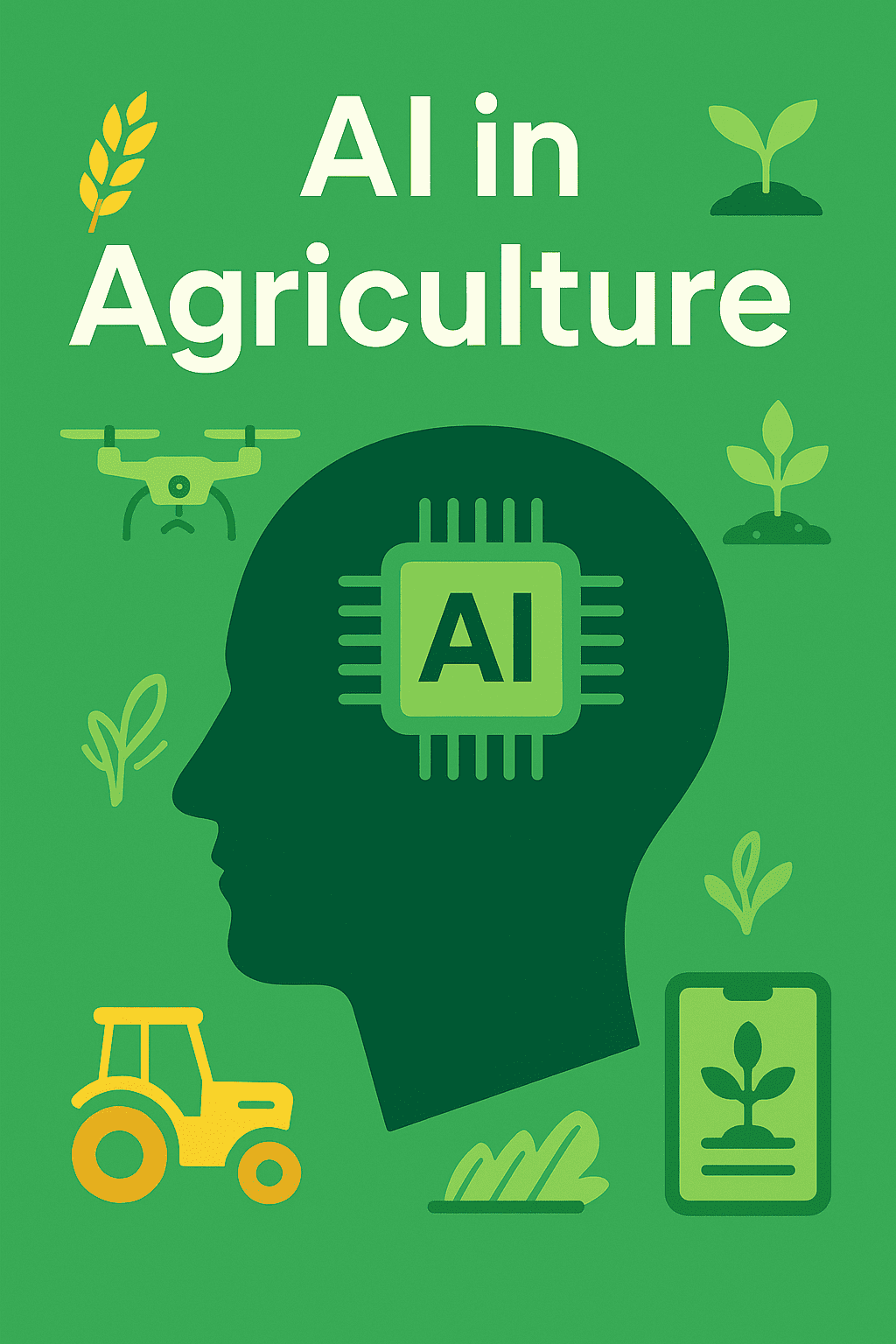
🌾 AI in Agriculture 🌱
Applies AI in crop monitoring, yield prediction, and smart irrigation, boosting productivity while ensuring sustainable practices.
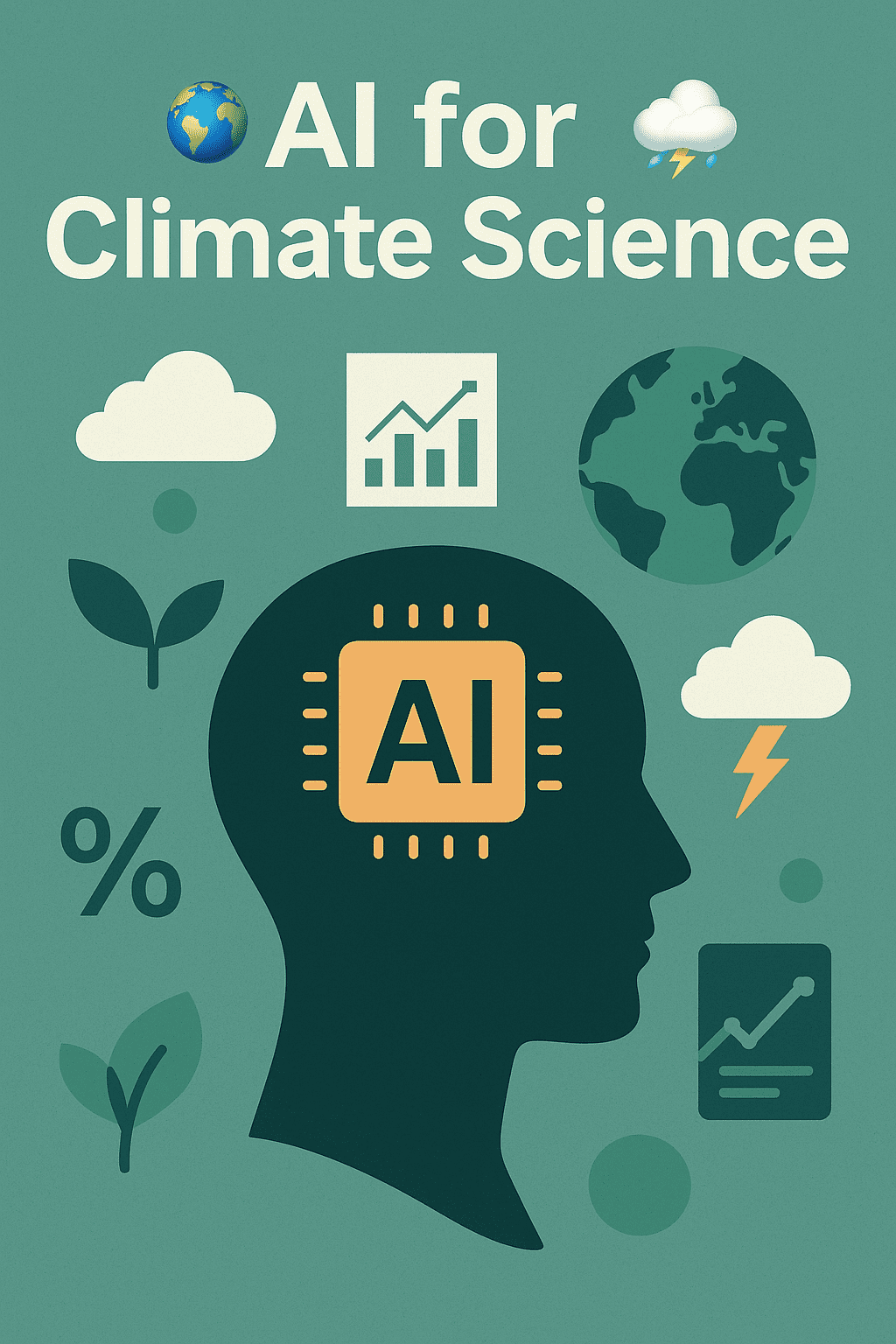
🌍 AI for Climate Science ⛈️
Aids in modeling climate patterns, predicting disasters, and optimizing renewable energy systems to combat climate change.
